Intro
Learn 5 ways to check blood sugar levels, including glucose meters, continuous monitoring, and alternative methods, to manage diabetes and maintain healthy blood glucose levels with ease.
Checking blood sugar levels is a crucial aspect of managing diabetes and maintaining overall health. With the advancement of technology, there are now various methods to check blood sugar levels, making it easier for individuals to monitor their condition. In this article, we will explore the different ways to check blood sugar levels, their benefits, and provide practical examples to help readers understand the process.
The importance of checking blood sugar levels cannot be overstated. It helps individuals with diabetes to manage their condition effectively, preventing complications such as heart disease, kidney damage, and nerve damage. Moreover, regular blood sugar checks can help identify patterns and trends, enabling individuals to make informed decisions about their diet, exercise, and medication. By understanding the different methods of checking blood sugar levels, individuals can take control of their health and make positive changes to their lifestyle.
Regular blood sugar checks can also help individuals without diabetes to monitor their glucose levels, reducing the risk of developing insulin resistance and type 2 diabetes. With the increasing prevalence of diabetes worldwide, it is essential to raise awareness about the importance of blood sugar checks and provide individuals with the knowledge and tools to manage their condition effectively. By exploring the different methods of checking blood sugar levels, we can empower individuals to take control of their health and make informed decisions about their well-being.
Introduction to Blood Sugar Checks
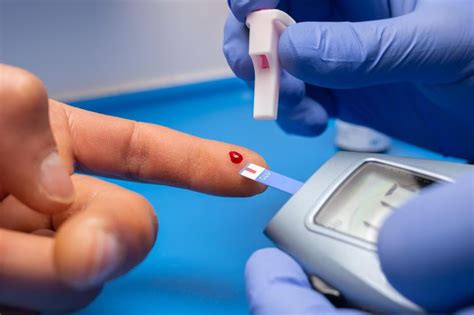
Benefits of Regular Blood Sugar Checks
Regular blood sugar checks provide numerous benefits, including: * Improved blood sugar control * Reduced risk of complications * Enhanced quality of life * Increased awareness of glucose levels * Informed decision-making about diet, exercise, and medicationMethod 1: Glucose Meters
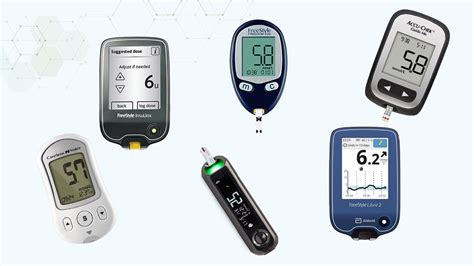
Types of Glucose Meters
There are several types of glucose meters available, including: * Basic glucose meters: Provide a simple reading of blood glucose levels * Advanced glucose meters: Offer additional features such as data storage, averaging, and alerts * Continuous glucose meters: Provide real-time readings of blood glucose levelsMethod 2: Continuous Glucose Monitoring Systems
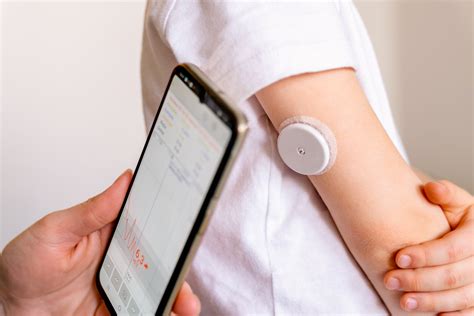
Benefits of CGMS
The benefits of CGMS include: * Real-time readings of blood glucose levels * Enhanced awareness of glucose trends and patterns * Reduced risk of hypoglycemic episodes * Improved blood sugar controlMethod 3: Urine Tests
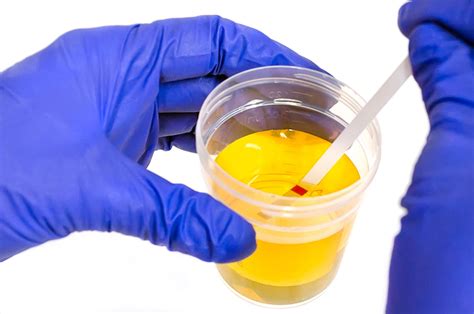
Types of Urine Tests
There are several types of urine tests available, including: * Dipstick tests: Provide a simple reading of ketone levels * Urine test strips: Offer a more accurate reading of ketone levels * Urine meters: Provide a digital reading of ketone levelsMethod 4: Blood Tests
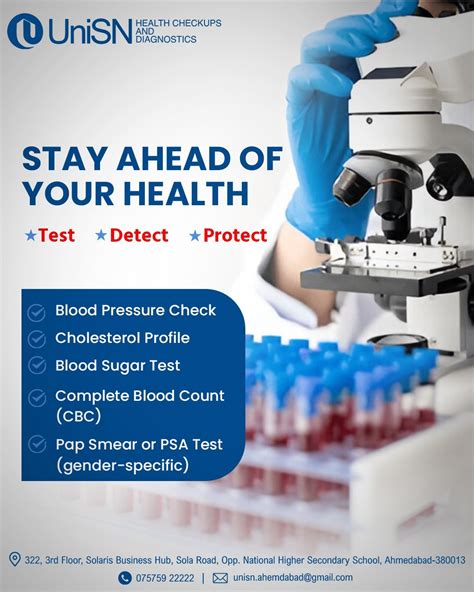
Types of Blood Tests
There are several types of blood tests available, including: * Fasting blood glucose tests: Measure blood glucose levels after an overnight fast * Oral glucose tolerance tests: Measure blood glucose levels after consuming a sugary drink * Hemoglobin A1c tests: Measure average blood glucose levels over a period of timeMethod 5: Flash Glucose Monitoring
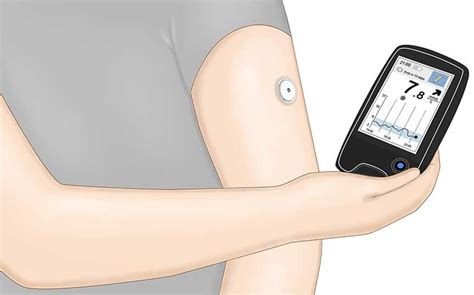
Benefits of Flash Glucose Monitoring
The benefits of flash glucose monitoring include: * Real-time readings of blood glucose levels * Enhanced awareness of glucose trends and patterns * Reduced risk of hypoglycemic episodes * Improved blood sugar controlWhat is the best method for checking blood sugar levels?
+The best method for checking blood sugar levels depends on individual needs and preferences. Glucose meters are a popular choice, while continuous glucose monitoring systems and flash glucose monitoring offer real-time readings.
How often should I check my blood sugar levels?
+The frequency of blood sugar checks depends on individual needs and circumstances. Generally, individuals with diabetes should check their blood sugar levels at least 4-6 times a day.
What are the benefits of regular blood sugar checks?
+Regular blood sugar checks provide numerous benefits, including improved blood sugar control, reduced risk of complications, and enhanced quality of life.
Can I use urine tests to check my blood sugar levels?
+Urine tests can be used to check for ketones in the urine, which can indicate high blood glucose levels. However, they are not a substitute for glucose meters or blood tests.
Are there any risks associated with checking blood sugar levels?
+Checking blood sugar levels is generally a safe and relatively painless process. However, individuals may experience minor side effects such as bruising or bleeding at the puncture site.
In conclusion, checking blood sugar levels is a vital aspect of managing diabetes and maintaining overall health. By understanding the different methods of checking blood sugar levels, individuals can take control of their health and make informed decisions about their well-being. We invite readers to share their experiences and tips for managing blood sugar levels, and to ask any questions they may have about the topic. By working together, we can empower individuals to manage their diabetes effectively and improve their overall quality of life.
